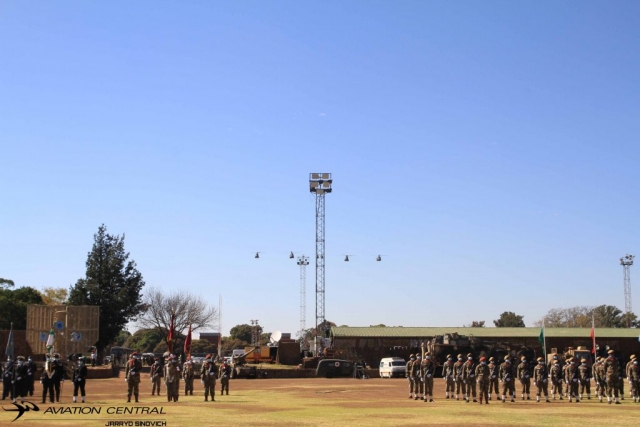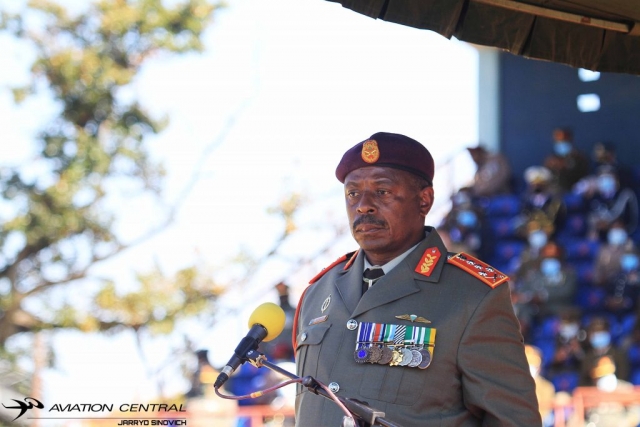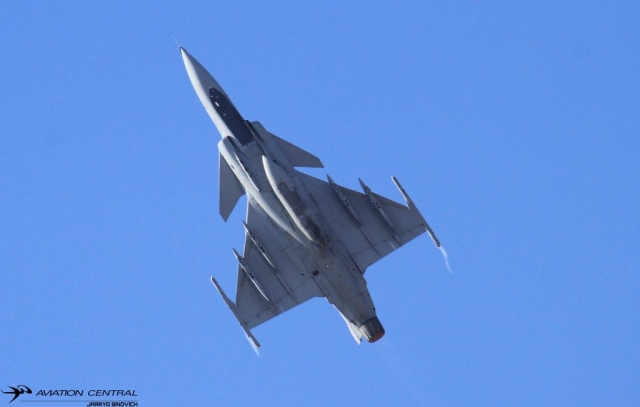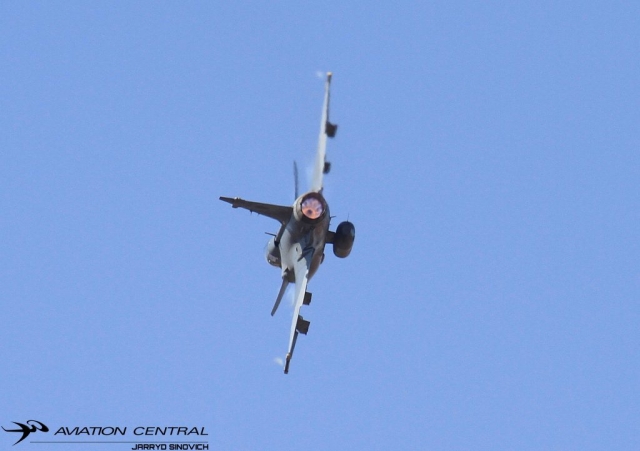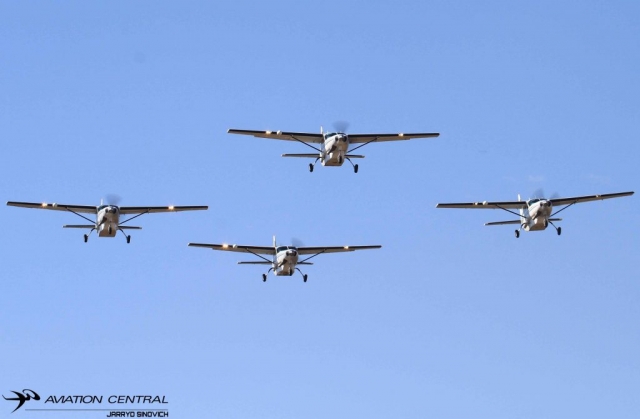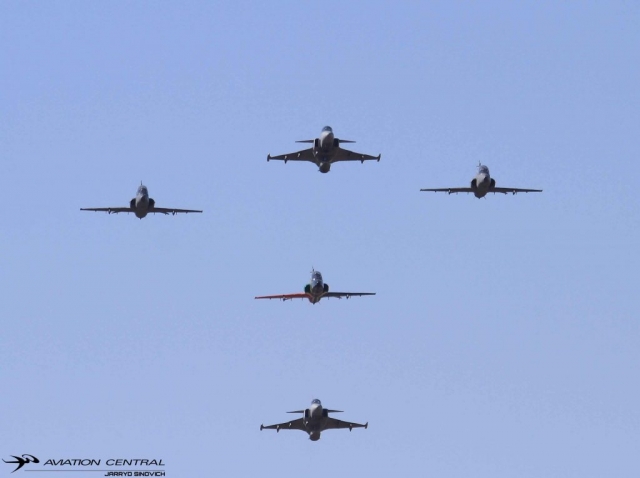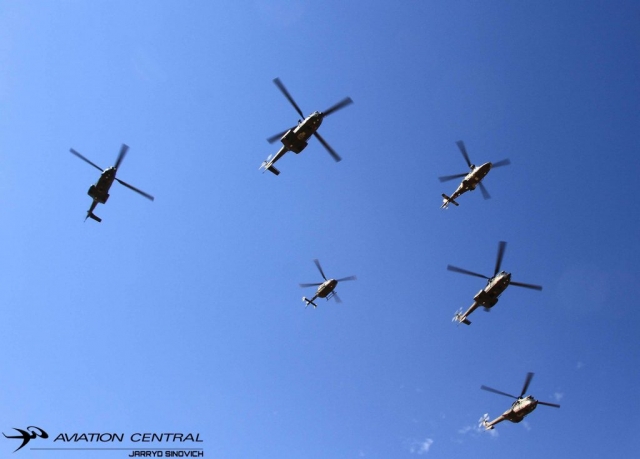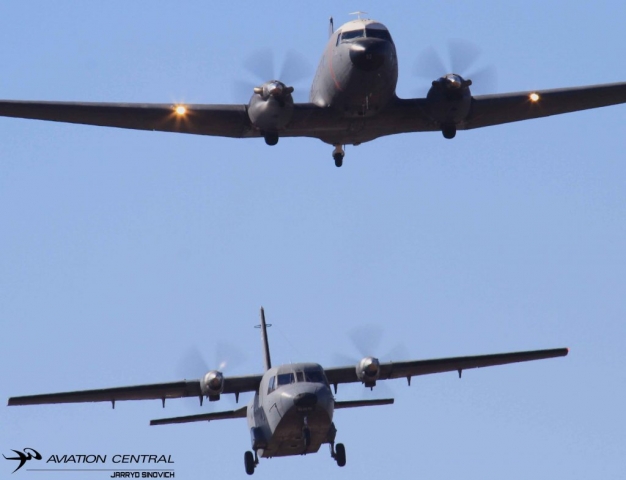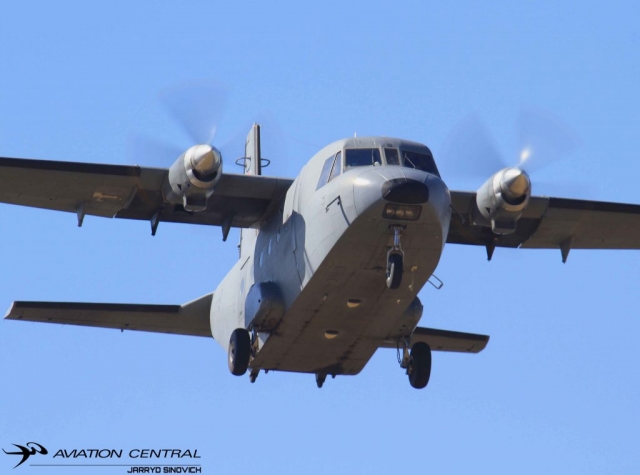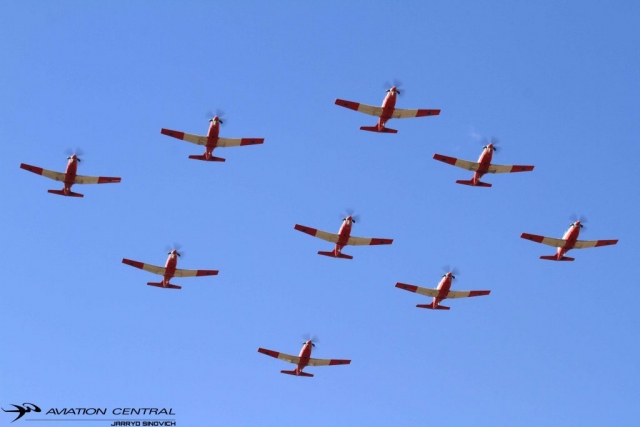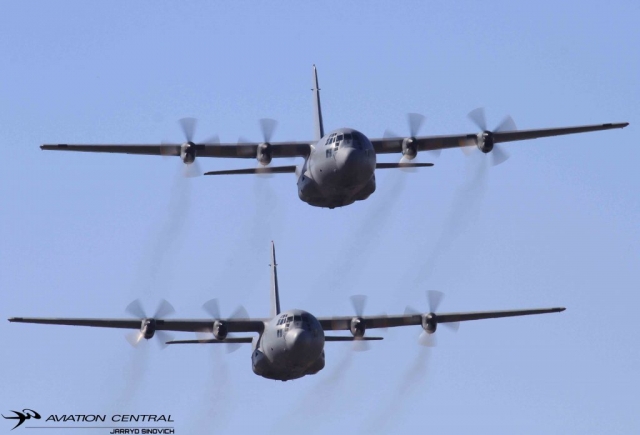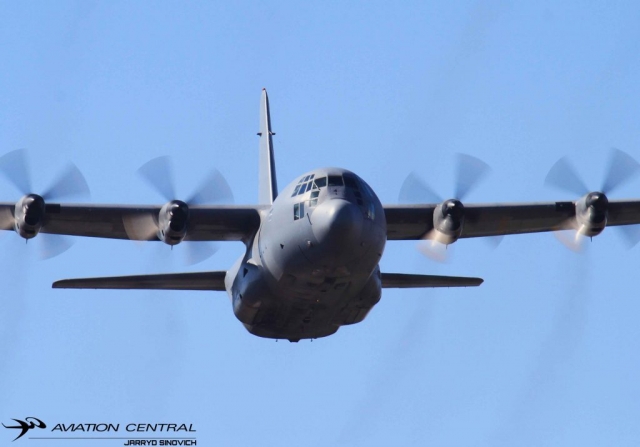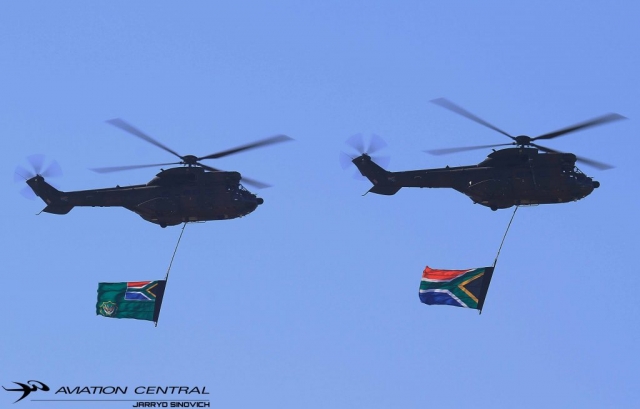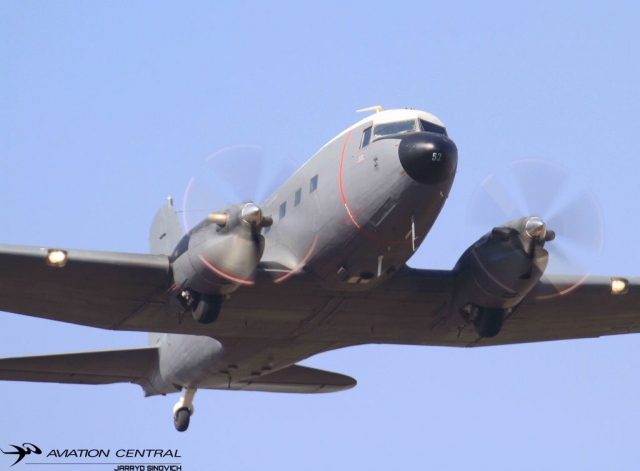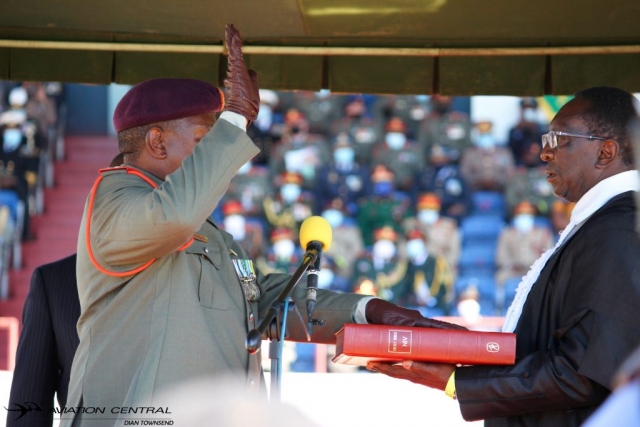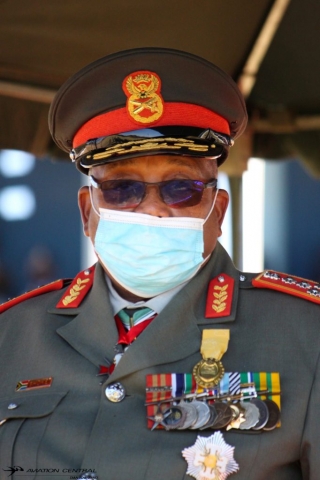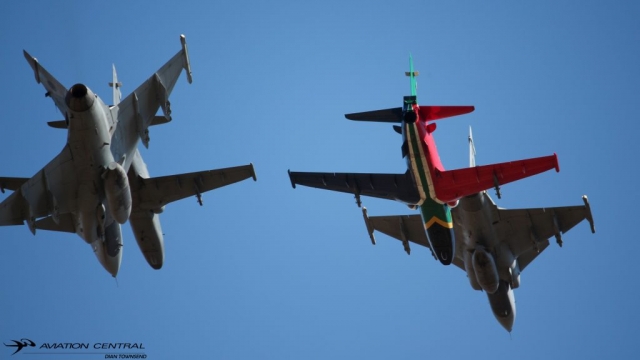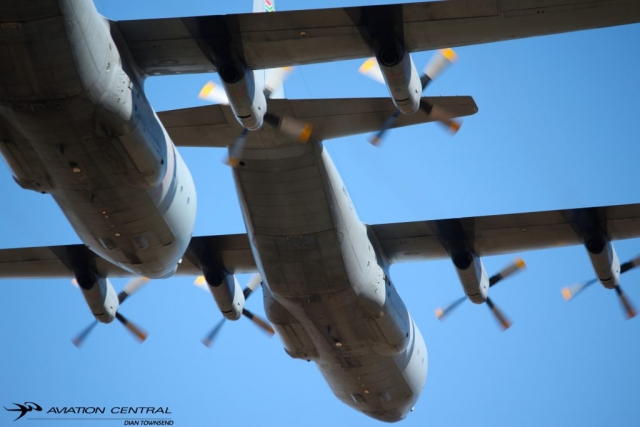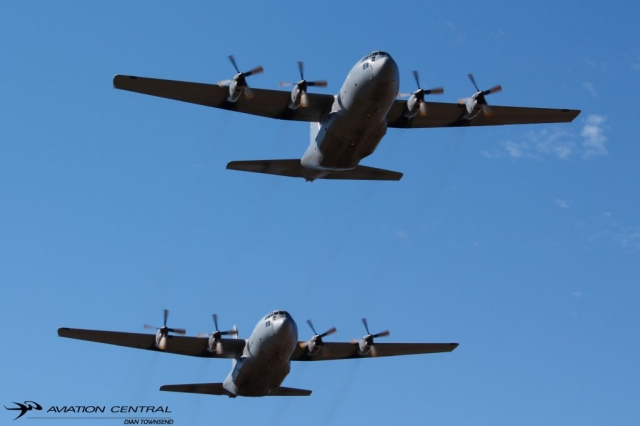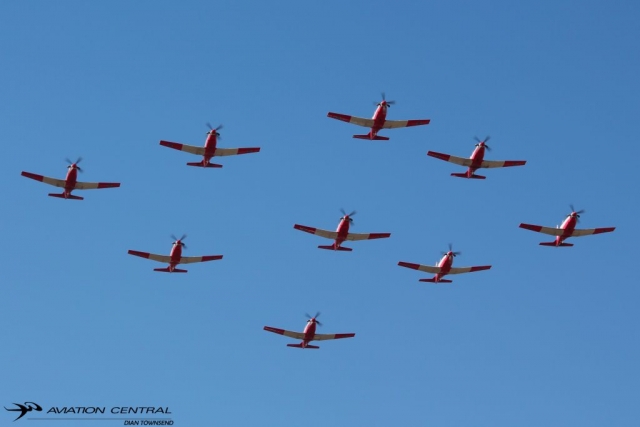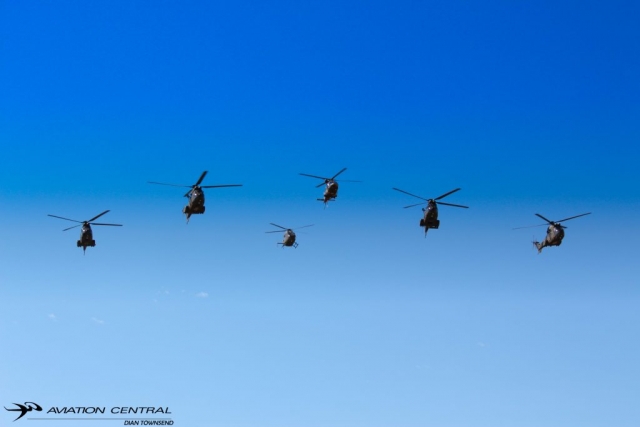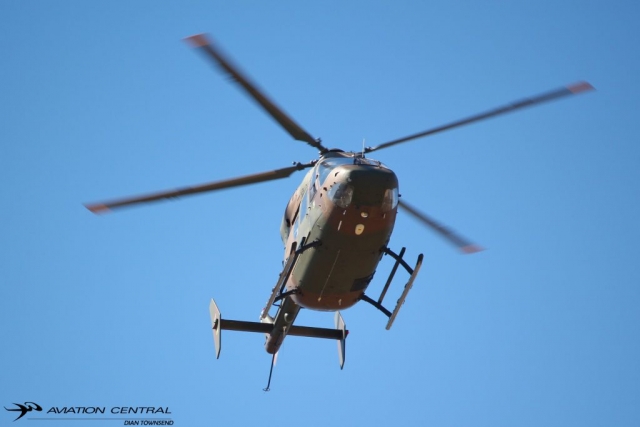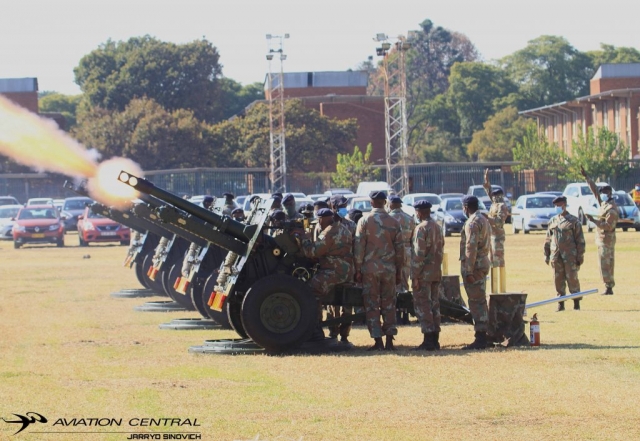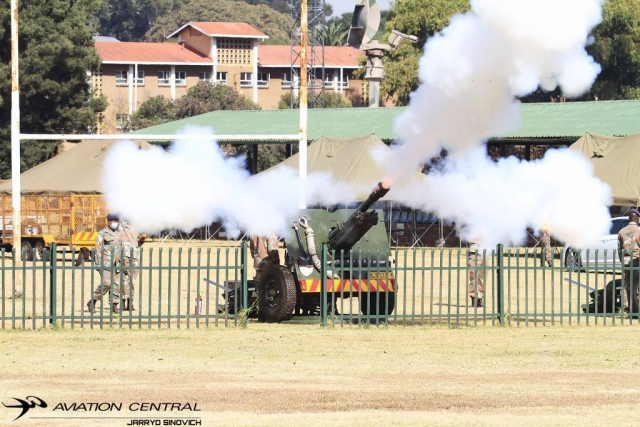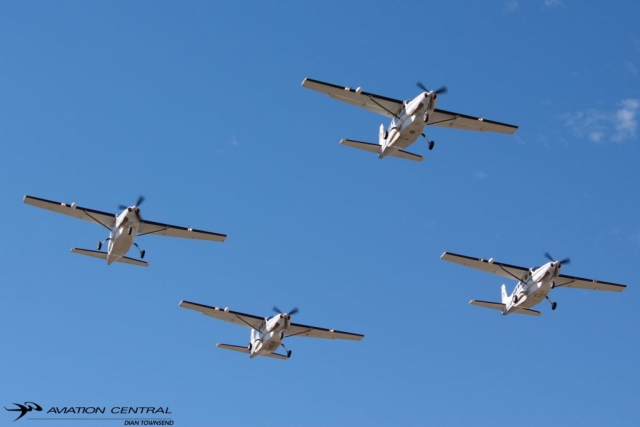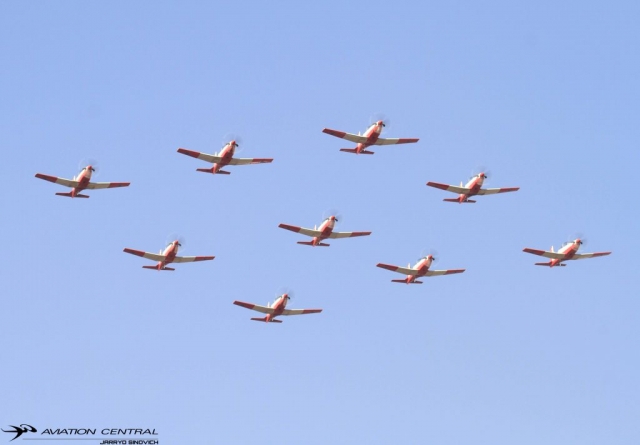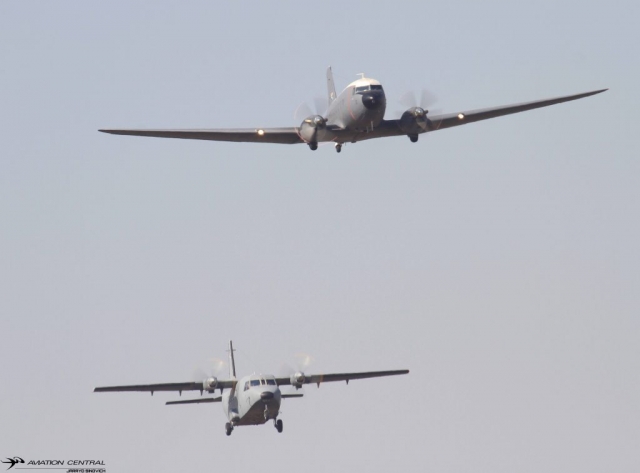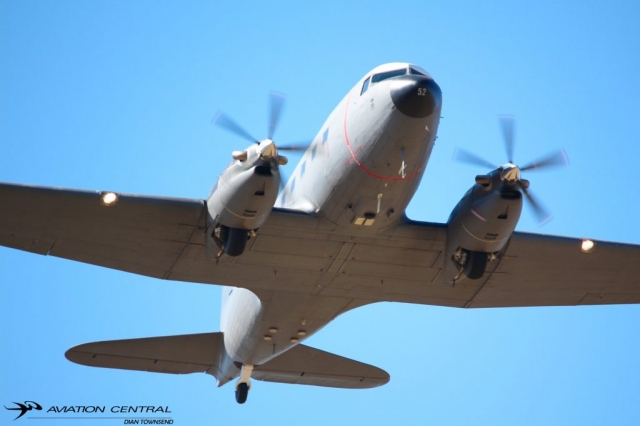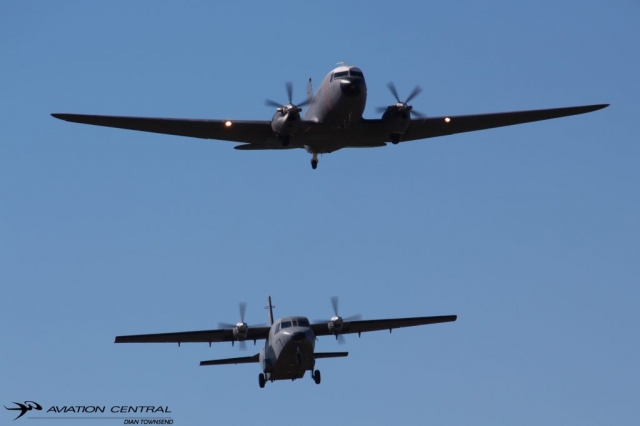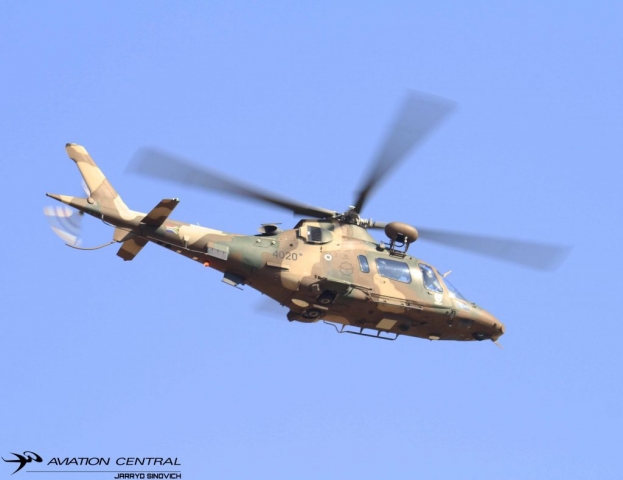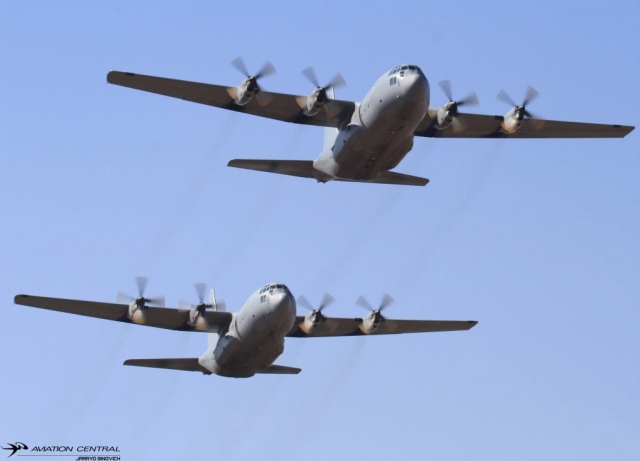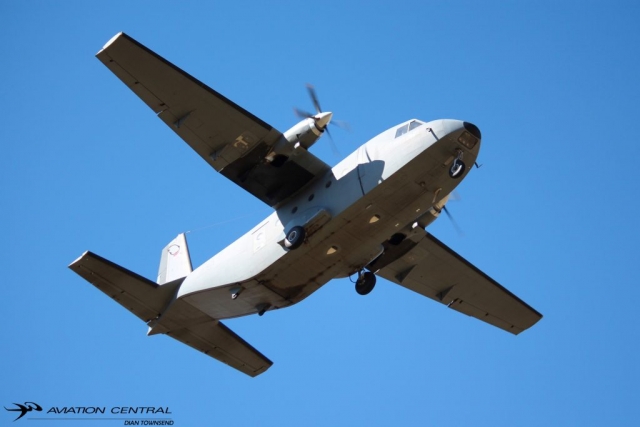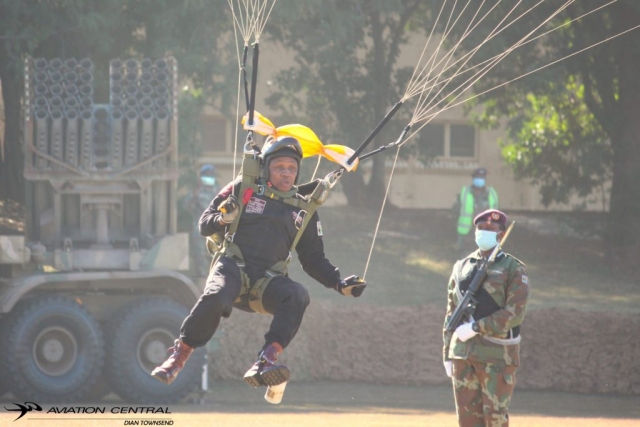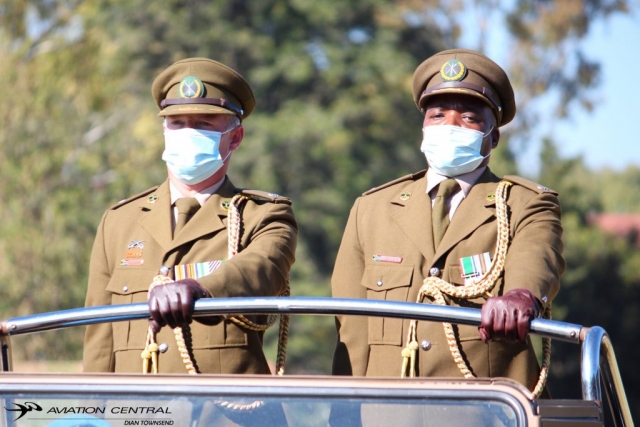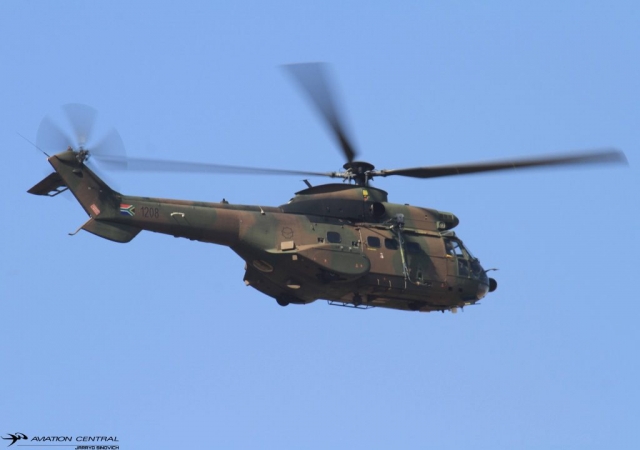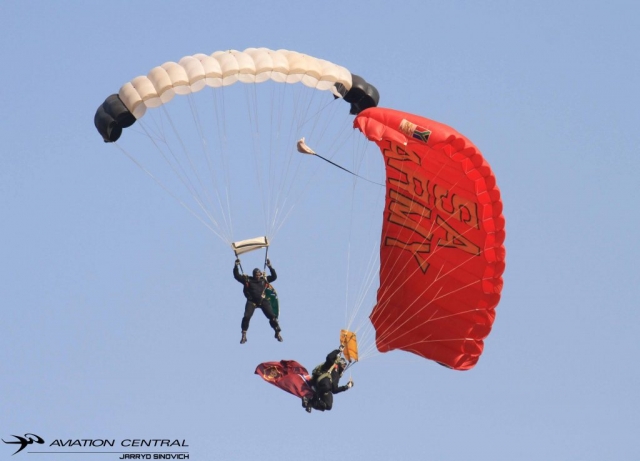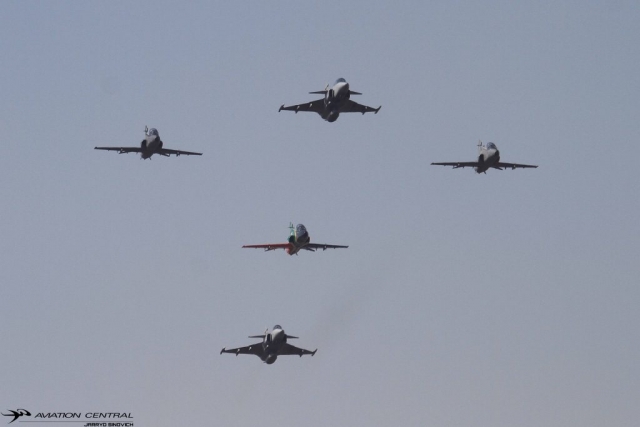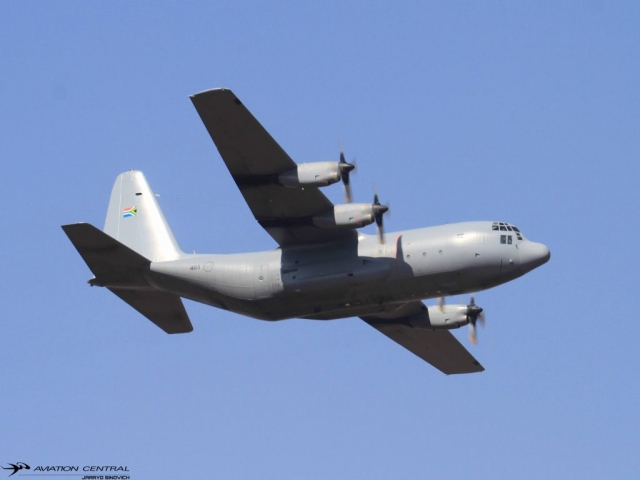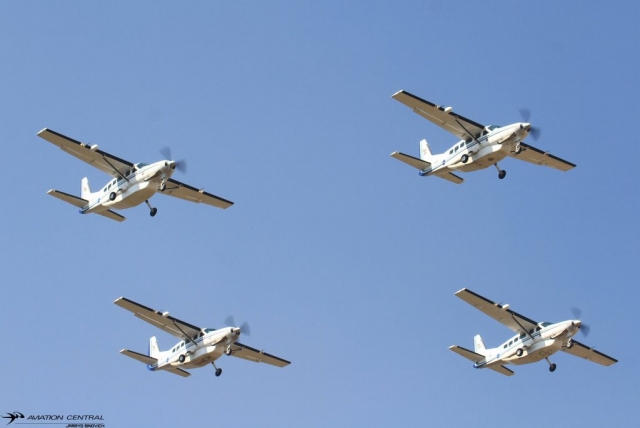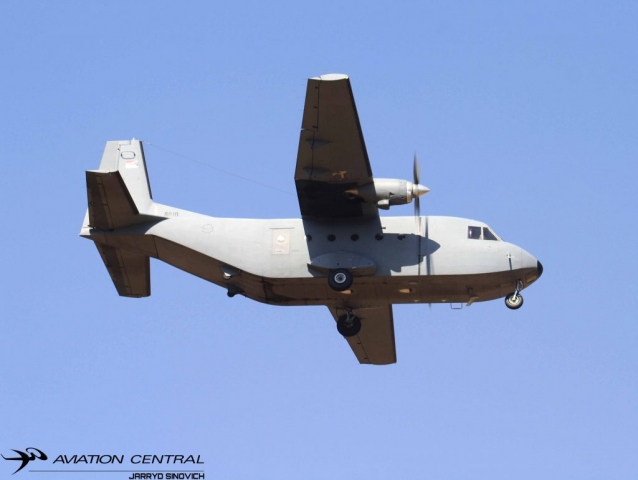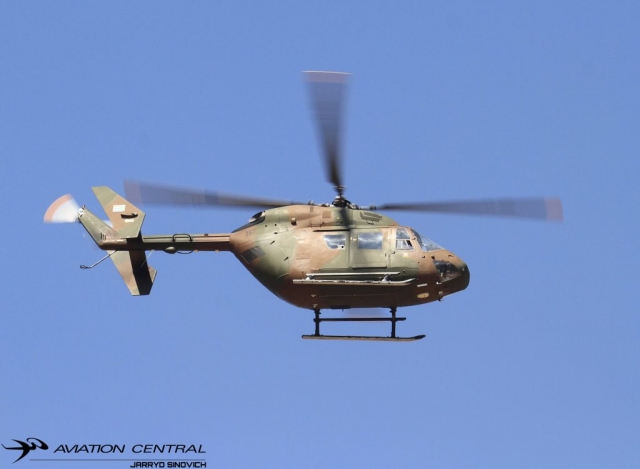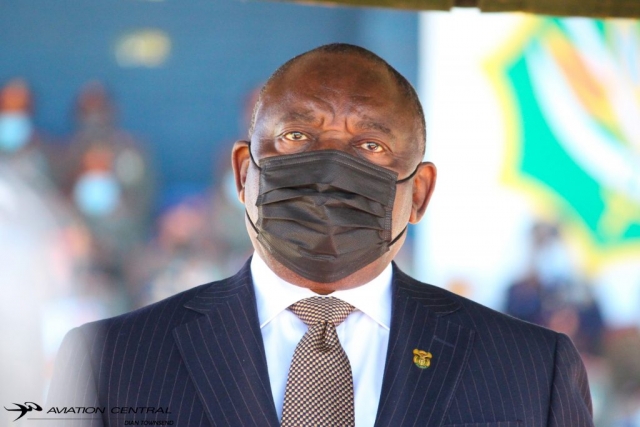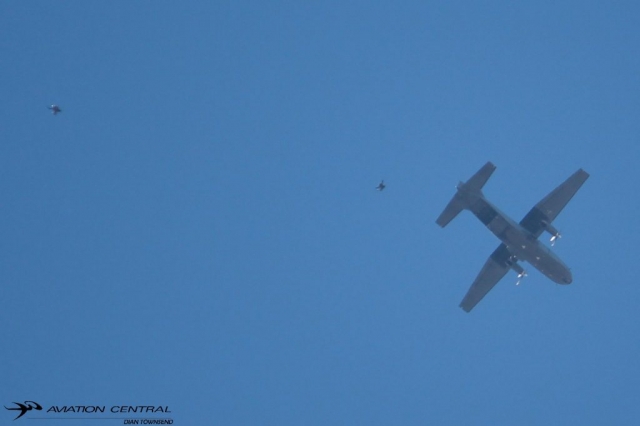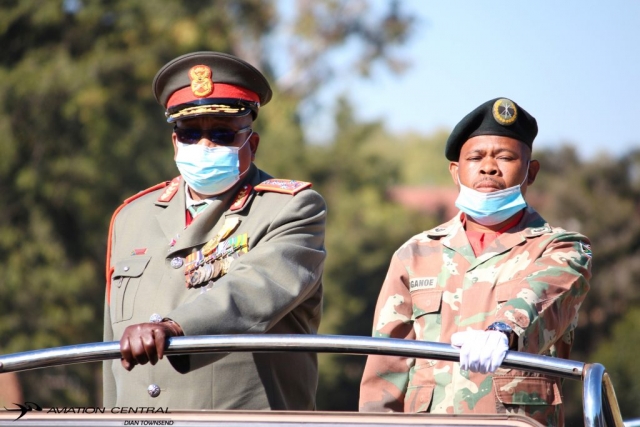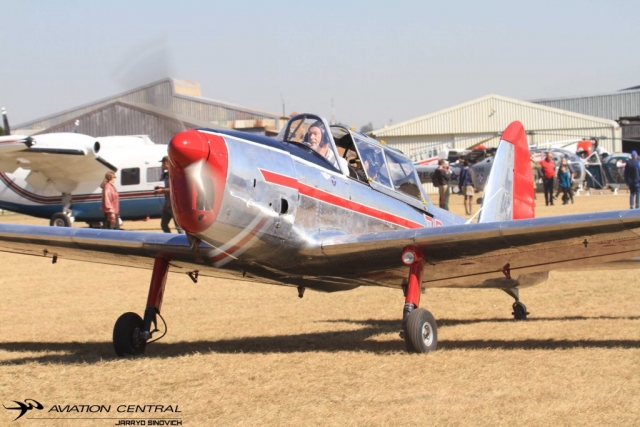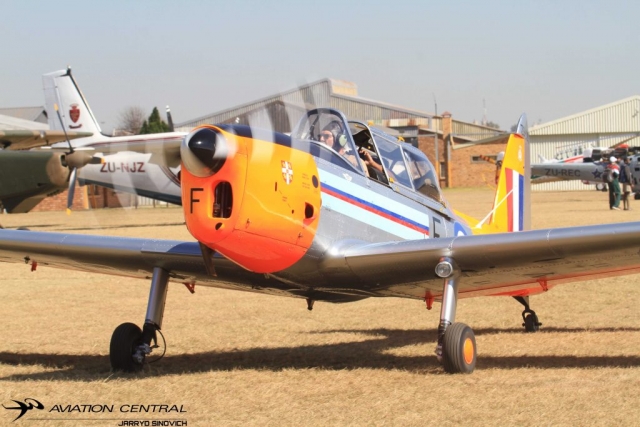Monthly Archives: May 2021
Bell Announces Delivery of 300 th Bell 505 Jet Ranger X
Bell Textron Inc., a Textron Inc. (NYSE:TXT) company, announced today
the 300th Bell 505 Jet Ranger X delivery to the Jamaica Defence Force (JDF). The first Bell 505 was
delivered in 2017, and today there are 300 aircraft in operation across six continents, with customers
logging more than 70,000 global fleet hours.
“The Bell 505 is one of Bell’s fastest growing commercial programs to date, surpassing several significant
milestones since its inception,” said Michael Thacker, Executive Vice President, Innovation and
Commercial Business. “As we continue to see interest for the aircraft in Public Safety, Utility and
Corporate transport, Bell has invested in new products and technologies to expand the Bell 505’s
capabilities.”

The latest Bell 505 platform advancements include the Garmin G1000H NXi avionics suite, Flight Stream,
Autopilot, Lightweight EMS interior, Bell Public Safety configuration, Pulselite, FliteStep, LHS Baggage
Door and Moveable Ballast.
“We are proud to take delivery of the 300 th Bell 505 and expand our fleet capabilities.” said Lt. Col. Brian
Lundy, commanding officer of the JDF Air Wing. “JDF and Bell have a strong history together and today’s
delivery marks another milestone in our relationship.” The Force’s sixth Bell 505 will support Public Safety
missions to serve the citizens of Jamaica and be operated by its Caribbean Military Aviation School
(CMAS) to train the international rotorcraft pilots of tomorrow.
With a speed of 125 knots (232 km/h) and useful load of 1,500 pounds (680 kg), the Bell 505 is Bell’s
newest five-seat aircraft designed for safety, efficiency and reliability using advanced avionics technology.
Its similarities with the Bell 429 platform allow for a smooth pilot transition as JDF begins training
operations. With a Garmin G1000, the platform shares similar avionics with JDF’s Fixed Wing Trainer
aircraft and reduces pilot workload, enhancing the students’ learning experience.
Rolls-Royce officially opens world’s largest and smartest indoor aerospace testbed
Testbed 80 to test the most efficient aero engines of today and the even more sustainable propulsion systems of the future
Rolls-Royce has officially opened Testbed 80, the world’s largest and smartest indoor aerospace testbed, in a ceremony with the Rt Hon Kwasi Kwarteng, Secretary of State for the Department of Business Energy & Industrial Strategy, in Derby, UK.
The completion of the project is a major milestone after almost three years of construction and a £90m investment. With an internal area of 7,500m2, making it larger than a Premiership football pitch, Testbed 80 was designed with distinctive technologies and systems which are more capable and complex than any of our other testbeds. The testbed conducted its first run on a Rolls-Royce Trent XWB engine at the test facility in Derby, UK earlier this year.

Warren East, Chief Executive, Rolls-Royce, said: “Testbed 80 is the largest facility of its type in the world. However, it is not only big, it is also smart and features the most advanced testing technology we have ever used. As the new global hub of our testing capability, it will support the next stage of our UltraFan programme as we begin ground testing the first demonstrator in 2022. This incredible piece of infrastructure is a very visible sign of our commitment to this site and secures the future of Derby as the home of large engine development, continuing a history that began in the late 1960s with the RB211.”

Business Secretary Kwasi Kwarteng, said: “This testbed here in Derby shows that the UK remains a global leader in aeroengine technology. I’m proud that we’re supporting Rolls-Royce’s development of the highly-efficient UltraFan engine, as well as investment in green and cutting-edge aerospace technology here in the UK that will create high-skilled, well-paid jobs for decades to come.
“As the civil aviation market recovers, the innovation of great British companies such as Rolls-Royce and the entire aerospace sector are central to our plans to build back better from the pandemic and end our contribution to climate change by 2050.”

Testbed 80 will support all three pillars of our sustainability strategy. Firstly, continuing to improve the efficiency of the gas turbine. The facility has been designed to test a range of today’s engines, including the Trent XWB and the Trent 1000, but will also have the capability to test the UltraFan® demonstrator, the blueprint for our next generation of engines. UltraFan will be 25% more efficient than the first Trent engine, and we will begin ground testing the demonstrator at the testbed in 2022.
Secondly, we are committed to promoting the use of Sustainable Aviation Fuels (SAFs), which can already be used as “drop-in” fuels in our existing engines. Testbed 80 has been designed to support this commitment – it is equipped with a 140,000-litre fuel tank (you could fill your car up almost 3,000 times with this amount of fuel) for different fuel types, including SAFs. Next year, we also plan to run our first UltraFan demonstrator test using 100% SAF.
Finally, in line with our ambition to pioneer novel, more sustainable technologies, the testbed is designed to have the capability to test the hybrid or all-electric flight systems of the future.
Part of the new technology development for Testbed 80 has been supported by the ATI’s PACE project, specifically for the UltraFan.
Rolls-Royce is pleased to have partnered with MDS Aero Support Corporation of Ottawa, Canada, for the design and construction of this facility.





















